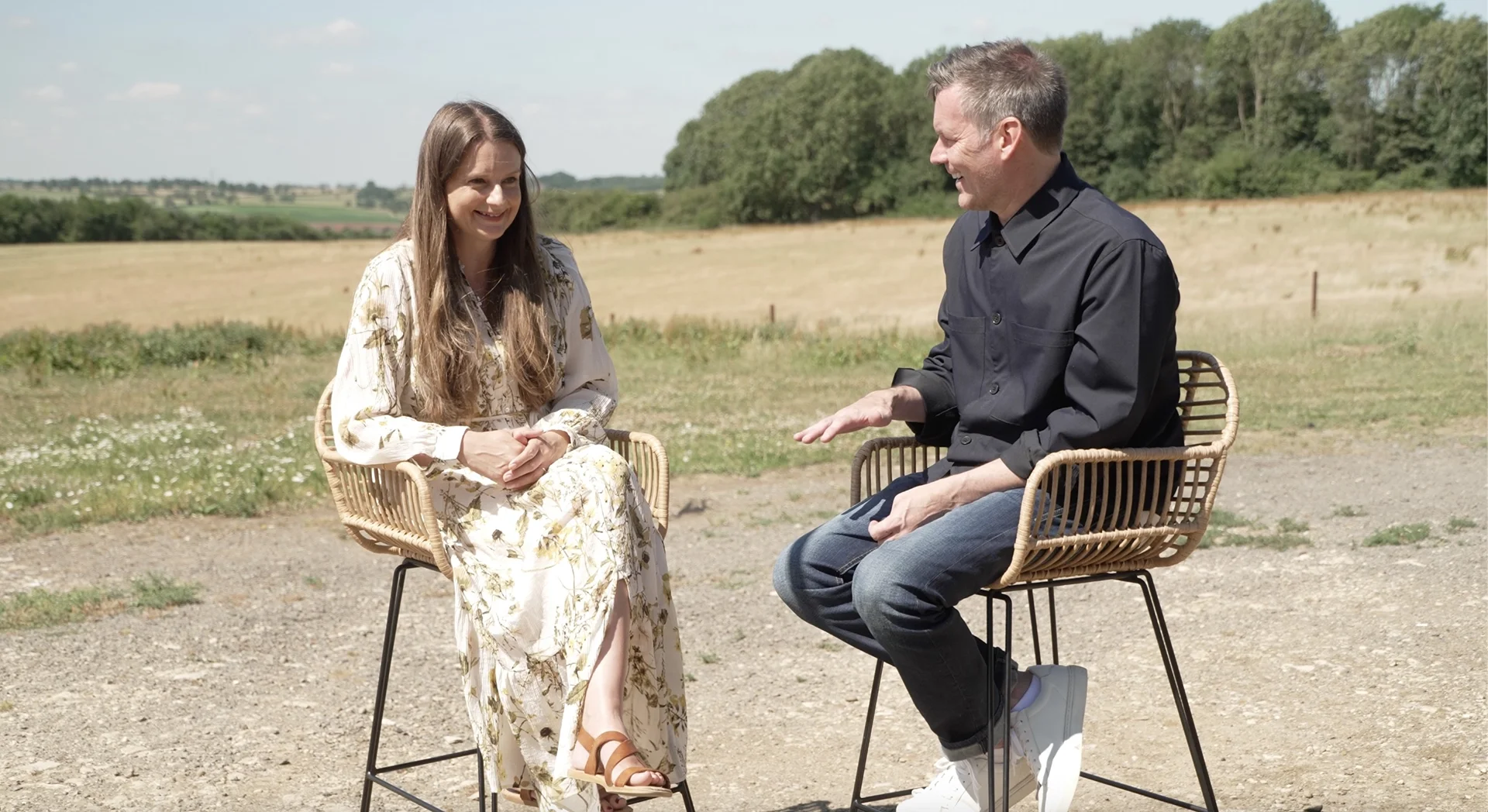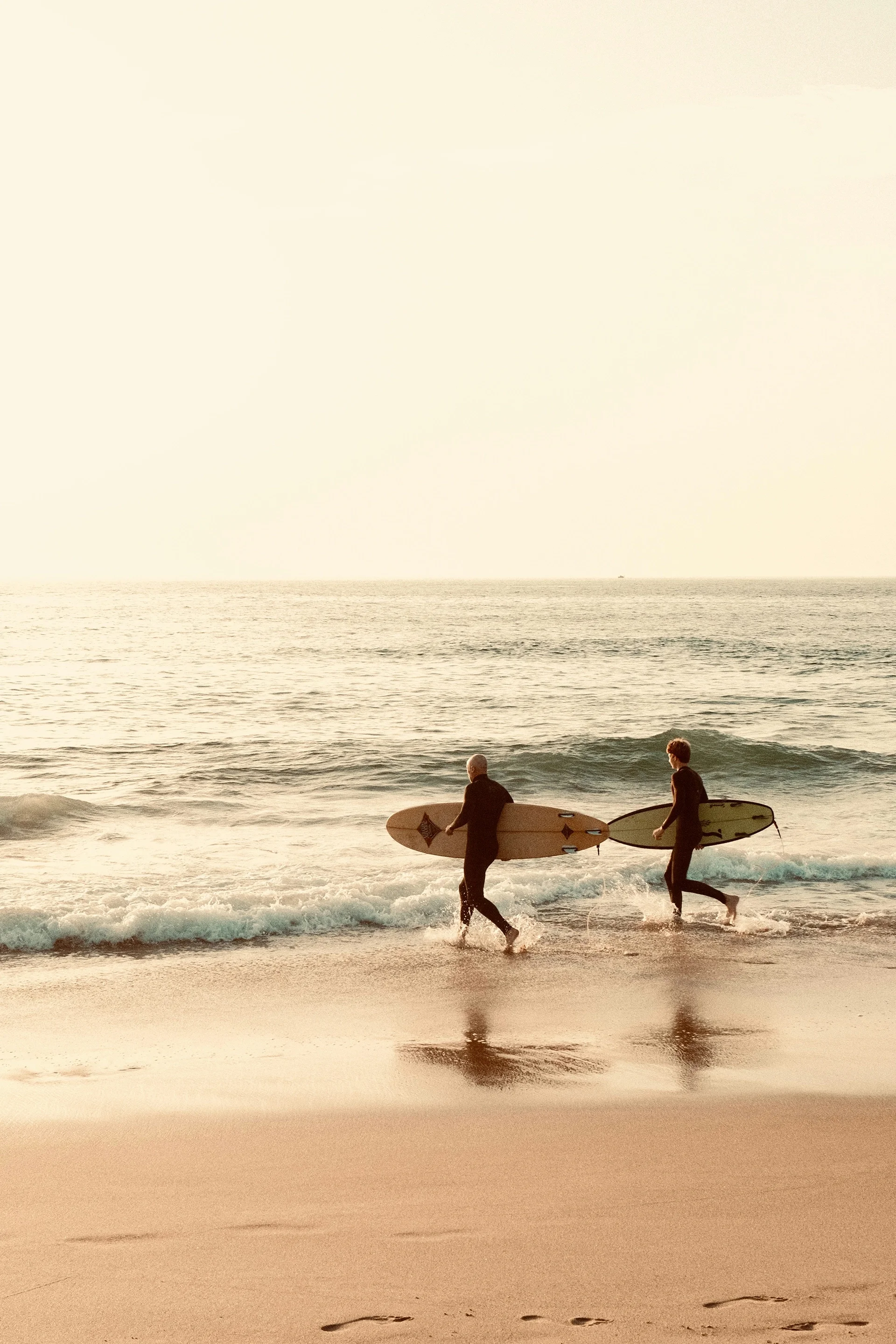The future doesn’t follow rules,
Forethought explores what comes next.

A Deeper Look- Retail Futures: Tomorrow’s Vision.
Three pillars that are reshaping the retail world as we know it today.



Moving Forward with AI: as a Partner
Moving quickly, embracing change- shorts from our latest Youtube series.


Welcome to the ‘Do It For Me Economy’
Understanding the paradigm shifts that retail is experiencing.

Forget Foresight, it’s Time for Foreshape.
Why every organisation now needs a prototyping culture.

Collective Conversations: Reflections
Our thoughts and reflections from the first episode of our podcast.

What Makes a Good Brand Great?
How can brands cut through the noise of a crowded industry?








Reframing Luxury
As traditional definitions of luxury are being reframed, we explore the newly emerging trends that are reshaping the sector.



Global Retail Futures Briefing SS 23
Exploring the evolution of some of the influential transitions and themes in retail strategy and design.

Let’s talk.
-
If you’re interested in finding out more, or you have a brief in mind, we would love to hear from you.
Matt Parry, Co-Founder
matt@future-collective.co.uk
+44(0)7891 269 454Kate Shepherd, Co-Founder
kate@future-collective.co.uk
+44(0)7539 208 468 -
We are always keen to chat to like-minded souls who would like to become part of our Collective.
Lola Alba
-
Studio 14, Burrough Court, Melton Mowbray, Leicestershire, LE14 2QS
/// Masterful.Awestruck.Obeyed
